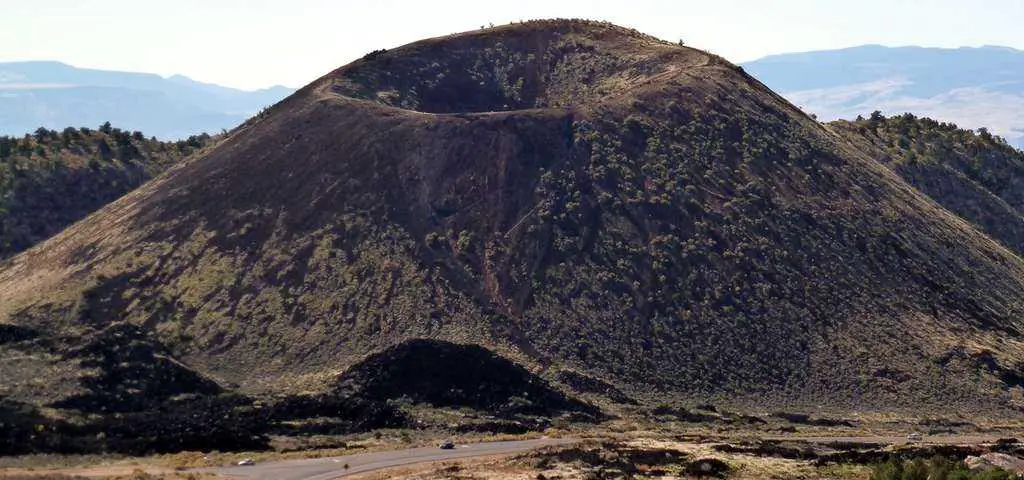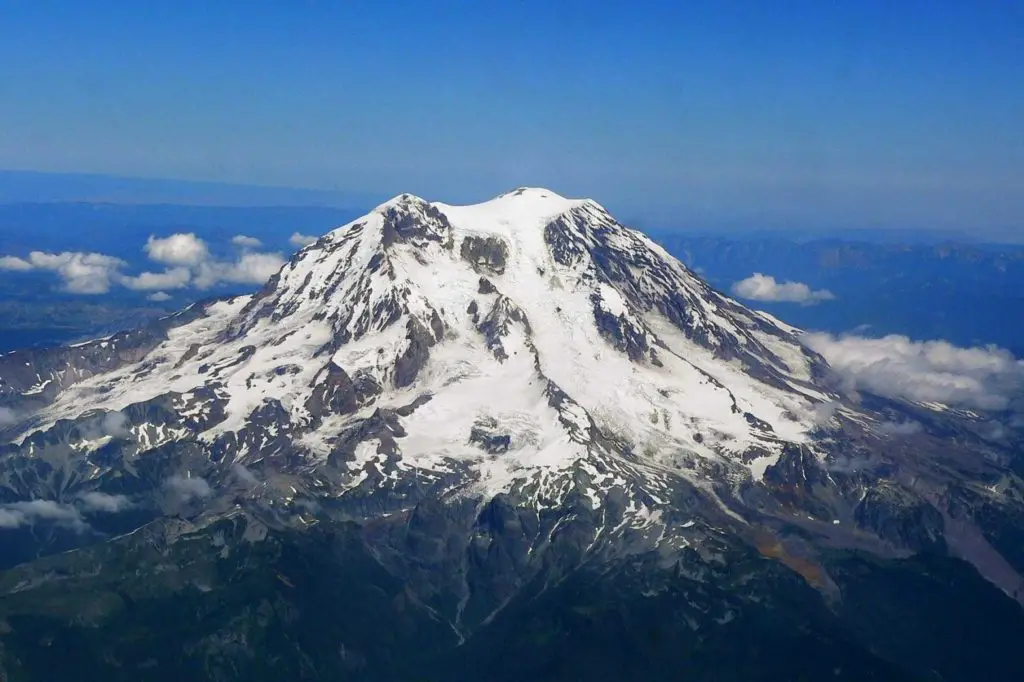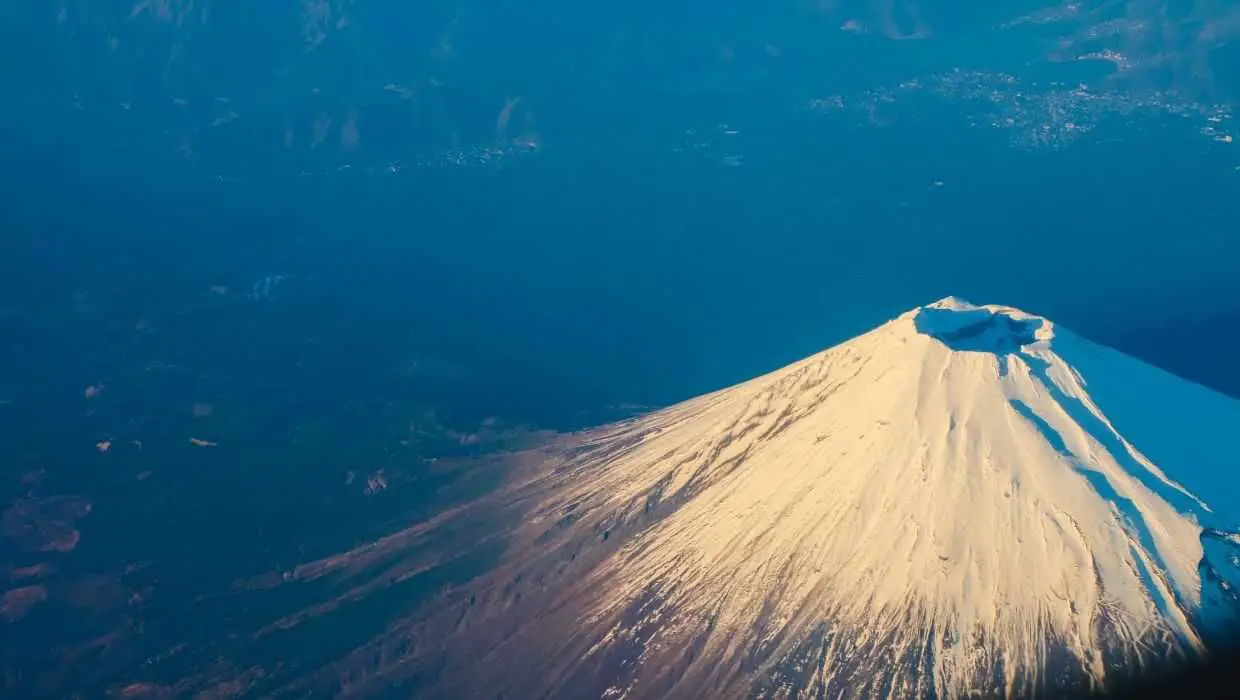Types of Volcanoes: A volcano is an opening in the earth’s surface where molten rock (magma) can escape from underneath and flow out onto the earth’s surface (lava).
Contents
What Are The Different Types of Volcanoes?
There are three main types of volcanoes. They are cinder cone volcanoes (also called spatter cones), composite volcanoes (also called stratovolcanoes), and shield volcanoes. There are also lava domes which you’ll learn more about below.
Cinder Cone Volcanoes
The most simplistic types of volcanoes are cinder cone volcanoes. These volcano types form when bits and blobs of lava are discharged from a volcanic vent.
When this expulsion occurs, it flings lava violently into the air and, when this lava falls around the vent, it builds up to form a circular or oval-shaped cone, with a bowl-shaped crater at the top.

A cinder cone is a steep conical hill of loose pyroclastic fragments, such as either volcanic clinkers, volcanic ash, or cinder that has been built around a volcanic vent. The pyroclastic fragments are formed by explosive eruptions or lava fountains from a single, typically cylindrical, vent.
https://en.wikipedia.org/wiki/Cinder_cone
Composite Volcanoes
These types of volcanoes are also known as stratovolcanoes. Popular examples of which include Mount Rainier, Mount Fuji, and Mount Cotopaxi. Within these volcanoes is a conduit system whereby magma from deep within the earth’s core is allowed to flow through to the planet’s surface.

A composite volcano is formed over hundreds of thousands of years through multiple eruptions. The eruptions build up the composite volcano, layer upon layer until it towers thousands of meters tall.
Some layers might be formed from lava, while others might be ash, rock and pyroclastic flows. A composite volcano can also build up large quantities of thick magma, which blocks up inside the volcano, and causes it to detonate in a volcanic explosion.
https://www.universetoday.com/40464/composite-volcano/
Shield Volcanoes
Looking at these types of volcanoes from an aerial point of view is like looking at a shield. Shield volcanoes are large and wide. Lava from these volcanoes is usually thin and travels down the volcano’s shallow slopes for very long distances.
Shield Volcanoes take a bit of time to build up with hundreds of eruptions occurring over time to create the many layers on the surface. The Mauna Loa (pictured below) and Mauna Kea are the most famous examples of this type of volcano.

A shield volcano is a type of volcano usually composed almost entirely of fluid lava flows. It is named for its low profile, resembling a warrior’s shield lying on the ground.
https://en.wikipedia.org/wiki/Shield_volcano
Lava Domes
When lava is too thick to flow very far, it creates a lava dome around and over the vent of the volcano, hence the name. These types of volcanoes have the potential to erupt violently and expel enormous quantities of ash and rocks.

In volcanology, a lava dome or volcanic dome is a roughly circular mound-shaped protrusion resulting from the slow extrusion of viscous lava from a volcano. Dome-building eruptions are common, particularly in convergent plate boundary settings. Around 6% of eruptions on earth are lava dome forming.
https://en.wikipedia.org/wiki/Lava_dome
Read more about the different types of lava and the different types of magma.
References:
- About Volcanoes – USGS.gov
- Types of volcano – British Geological Survey – https://www.bgs.ac.uk/discovering-geology/earth-hazards/volcanoes/how-volcanoes-form/
- These Are The World’s Most Dangerous Volcanoes | Time
- Volcanoes: Principal Types of Volcanoes – USGS.gov
